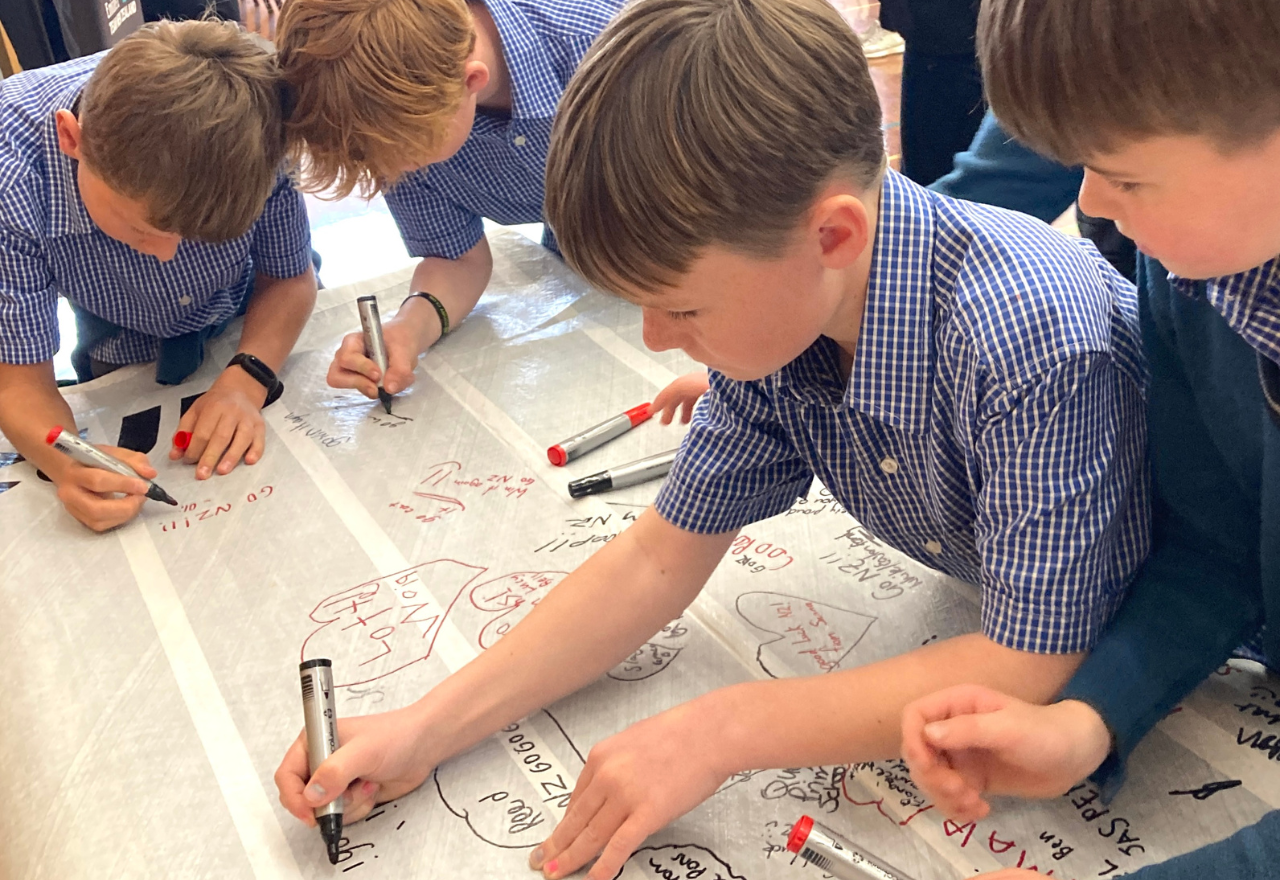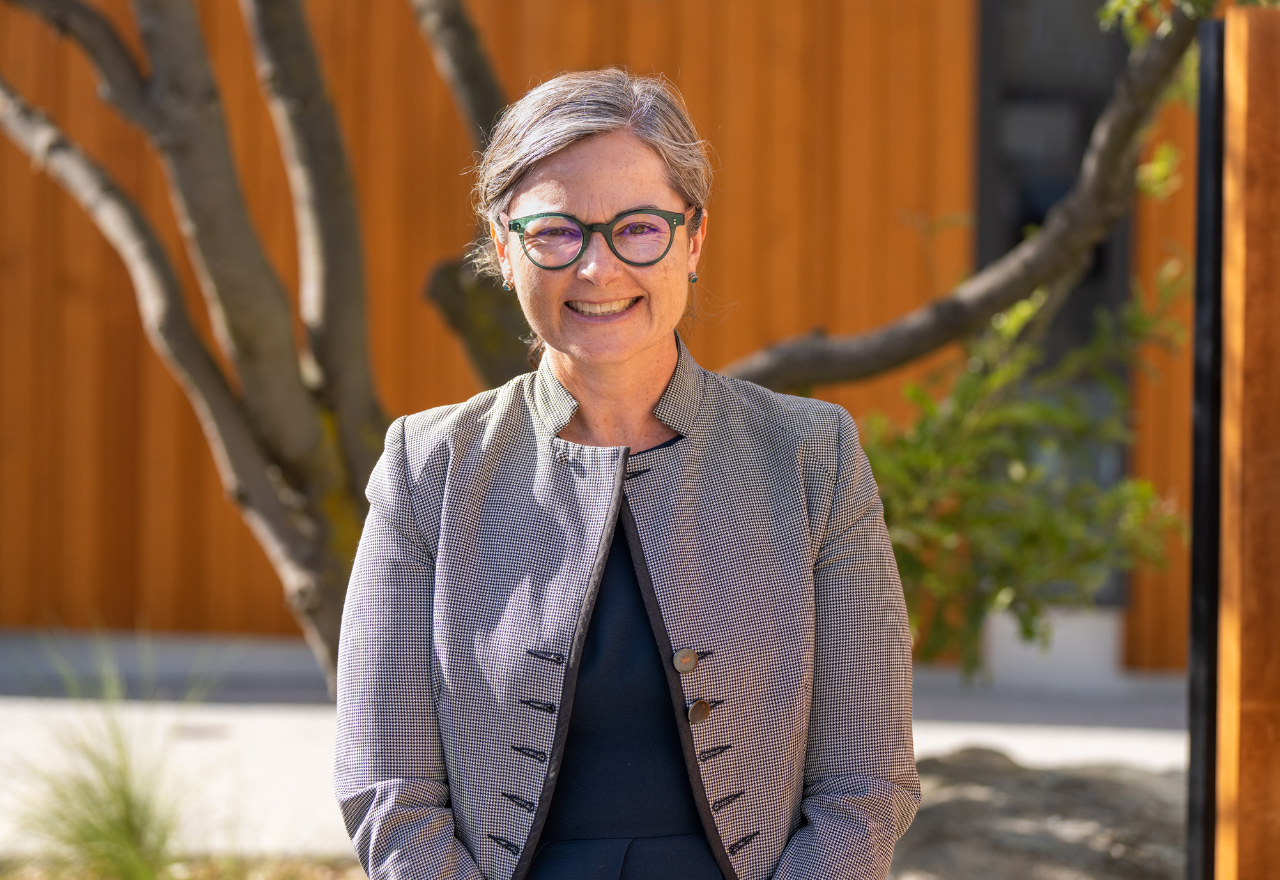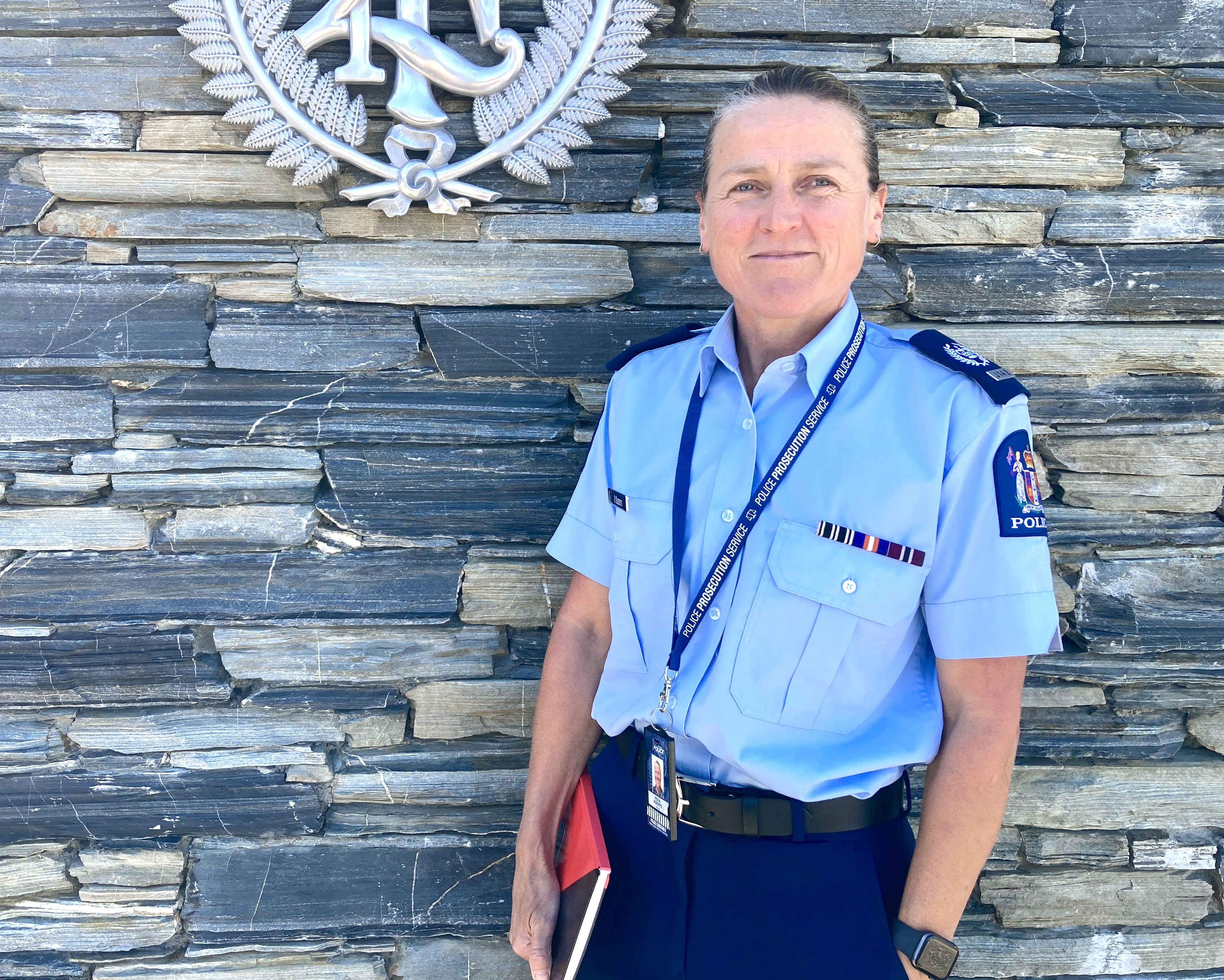‘Sensory overload’ - parents raise concerns about classrooms
Sue Wards
13 August 2025, 5:06 PM
 Parents have raised concerns about flexible learning spaces for junior students at MAC.
Parents have raised concerns about flexible learning spaces for junior students at MAC.The government’s move last month to scrap open classrooms across the country has raised concerns about some local classrooms, which are technically not open-plan, but rather ‘flexible learning spaces’.
Education minister Erica Stanford announced last month that the government will ditch the open-plan layout for all new classrooms.
“Overwhelming feedback I’ve received from schools across New Zealand is open-plan classrooms aren’t meeting the needs of students,” she said.
“While open-plan designs were originally intended to foster collaboration, they have often created challenges for schools, particularly around noise and managing student behaviour.”
Te Kura o Tititea Mount Aspiring College (MAC) principal Nicola Jacobsen said the school’s ‘flexible learning spaces’ for year 7 and 8 students aren’t the same as open-plan classrooms.
“Given that MAC does not have any open-plan classrooms, we don't anticipate the government's announcement will impact the way we use our existing teaching and learning spaces,” she told the Wānaka App.

MAC principal Nicola Jacobsen says no learning space will suit all learners, all of the time.
The classrooms are described as ‘multi-use open classrooms’ in the building project briefing and parents have raised concerns that they are essentially open plan - and cause challenges for many students.
The classrooms, organised into different ‘hapori’, can house as many as 90 students - or three classes - working together in the same space. There is one large, open plan space with small breakout rooms opening off it.
Management rather than teaching
“It’s just become classroom management rather than classroom teaching,” one parent told the Wānaka App.
She said her child, who was already easily distracted, found it “absolutely impossible to learn a thing”, because there was too much noise and “too much going on for him to concentrate”.
The parent said her child was eventually moved to a different hapori where the students in one class used a smaller breakout space with their own teacher.
“His learning went so much better,” she said.
The parent said it may make more sense to use the flexible learning spaces for senior students, who are more mature and more likely to be able to concentrate.
Another parent with an education background told the Wānaka App that it was “ridiculous” to expect year 7 and 8 students to learn independently in the flexible learning spaces.
“The open class environment feels like you are walking through an airport,” they said. “[The students] just don’t have the maturity level for this. For the senior students this would possibly work.”
The parent said they sent their youngest child to a different school to avoid subjecting them to the flexible learning space environment.
“I’m sure there are some students that thrive in this environment but for the most, and at this age, I feel it’s detrimental to their learning and for many, their well being.”
Another parent told the Wānaka App their child was in a hapori with 90 children, all being taught maths, literacy, and integrated studies as one group. Meanwhile students from other classes were regularly passing through the space to get to other classes.
It was “very disruptive and stressful” and “an absolute sensory overload”, they said. Their child did not openly complain but presented with health issues which were determined to be the result of stress.
One of the parents said she was aware of some teachers struggling to control the students in the flexible spaces, while another said they believed that teachers were doing the best they could “with what they have to work with”.
In defence of flexible spaces
MAC principal Nicola Jacobsen told the Wānaka App the teachers work hard to achieve a balance that responds to curriculum requirements and the different needs of learners.
“This means that sometimes we will teach students one-on-one, sometimes learning will be in peer groups, and at other times we’ll teach to a whole class,” she said.
“Irrespective of what learning space you teach in, no learning space will suit every learner, all of the time.”
She said the flexible learning spaces for year 7 and 8 students “are vastly improved from the classrooms we were teaching in prior to the construction of our new buildings”.
“The teachers who work in our flexible learning spaces are highly professional and meet several times a week, if not daily, to discuss and agree how the spaces will be used and to plan a variety of learning tasks to meet the needs of their learners.
“Our teachers aim to ensure their use of our learning spaces is fit for purpose for what they are teaching. In the same way that we adapt learning spaces for subjects like visual art, materials technology, music, and drama, we also adapt our flexible learning spaces to suit different types of curriculum and assessments.”
Nicola said teachers working in flexible spaces are better able to collaborate with their colleagues, learn from each other, and also be accountable to each other as their teaching practice and engagement with students is more visible.
She said education researcher and author Professor John Hattie undertook an analysis of 252 different influences that affect learning outcomes, and found that ‘open plan versus traditional classrooms’ ranked towards the bottom at 250.
“If a student in years 7 or 8 is experiencing difficulties with their learning, we strongly encourage parents to talk to their child’s homeroom teacher so we can find ways to support that student’s learning needs,” she said.
PHOTOS: Supplied







